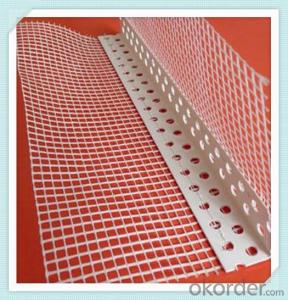Fiberglass Protective Clothing: Safety First
When it comes to working with fiberglass, safety should always be your top priority. This versatile material, used in a variety of industries from construction to aerospace, comes with its own set of risks. The fibers, when inhaled or come into contact with the skin, can cause irritation or even more severe health issues over time. That’s where fiberglass protective clothing comes in. Let’s dive into the world of safety and explore why this protective gear is not just a good idea, but a necessity.
The Importance of Personal Protective Equipment (PPE)
Personal protective equipment is essential in any work environment where hazards are present. In the case of fiberglass, PPE is a must to prevent exposure to the harmful fibers. The right protective clothing can shield your skin, eyes, and respiratory system from the dangers of fiberglass. It’s not just about following regulations; it’s about protecting your health and well-being for the long term.
Types of Fiberglass Protective Clothing
There’s a variety of protective clothing designed specifically for working with fiberglass. Let’s break it down into the main types you’ll encounter:
– Coveralls: These full-body suits provide a barrier against fiberglass fibers, keeping them from reaching your skin. Made from a blend of materials that resist punctures and tears, they’re a staple in any fiberglass worker’s wardrobe.
– Gloves: Fiberglass-specific gloves are a must to protect your hands. The fibers can cause painful skin irritations, and gloves made from materials like Kevlar or leather can offer the protection you need.
– Respirators: Since fiberglass dust and fibers can be harmful when inhaled, wearing a respirator is crucial. Choose one that fits well and offers the right level of filtration to keep your lungs safe.
– Eye Protection: Don’t forget about your eyes. Safety glasses or goggles with side shields can prevent particles from getting into your eyes, which can be quite uncomfortable and potentially harmful.
– Boots: Protect your feet with sturdy boots that can withstand the weight of your work environment and resist punctures from sharp objects.
How to Choose the Right Protective Clothing
Choosing the right protective clothing involves considering a few key factors:
– The nature of your work: Different tasks may require different levels of protection. For instance, if you’re working with wet fiberglass, you’ll need clothing that’s also waterproof or water-resistant.
– Comfort: You’ll be wearing this gear for extended periods, so it needs to be comfortable. Look for materials that breathe well and allow for a range of motion.
– Durability: Your protective clothing should be able to withstand the rigors of your work without tearing or wearing out quickly.
– Certifications: Make sure the clothing you choose meets the necessary safety standards and certifications for your industry.
Putting It All Together: A Personal Protective Equipment (PPE) Checklist
Here’s a quick checklist to ensure you’re fully equipped when working with fiberglass:
1. Coveralls: Checked for size and material.
2. Gloves: Ensure they fit well and are puncture-resistant.
3. Respirator: Confirm it’s the right type for the job and fits securely.
4. Eye Protection: Make sure they offer full coverage and are in good condition.
5. Boots: Checked for comfort, durability, and resistance to punctures.
The Emotional Impact of Safety
Working safely isn’t just about the physical aspects; it’s also about the emotional well-being of workers. When you’re protected, you’re less likely to experience stress and anxiety about potential injuries. This peace of mind can lead to increased productivity and a more positive work environment.
The Future of Fiberglass Protective Clothing
As technology advances, so does the protective gear we use. Innovations in materials and design are making protective clothing more effective and comfortable. We can expect to see even better options in the future that will further reduce the risks associated with working with fiberglass.
Conclusion
Fiberglass protective clothing is more than just a uniform; it’s a commitment to safety and health. By understanding the importance of PPE, knowing the different types of protective clothing, and choosing the right gear for your needs, you’re taking a stand for a safer workplace. Remember, the investment in your safety is an investment in your future. So, gear up, stay safe, and work smart with fiberglass protective clothing.

